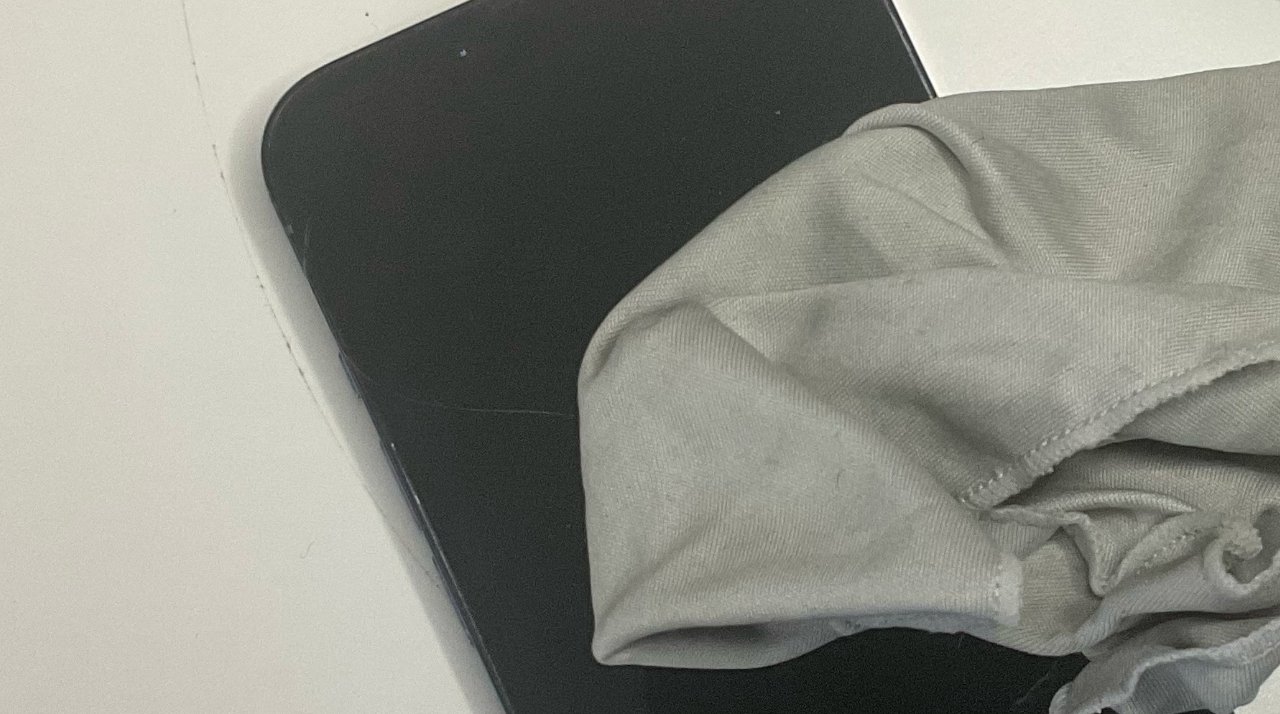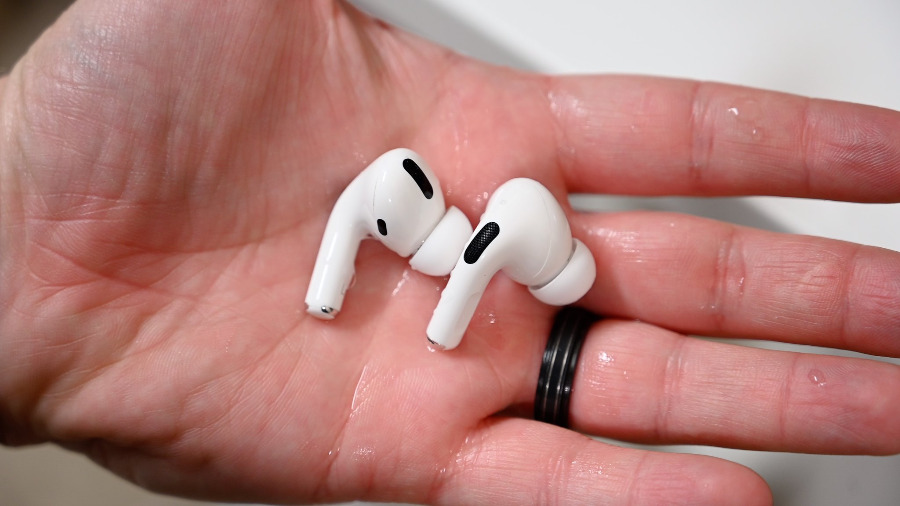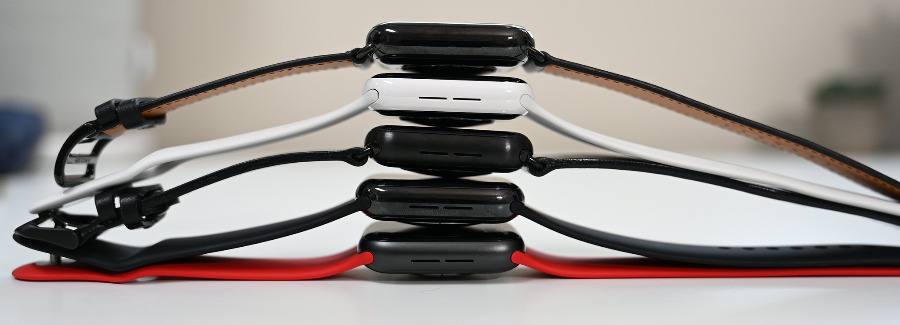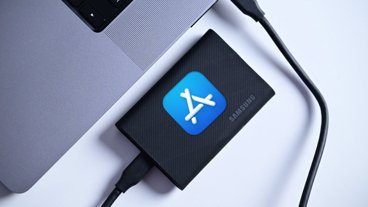Apart from any health concerns, your shiny new Apple devices can get grubby very quickly. Here's how to keep them as clean as new — and not risk damaging them.
These days we do all need to be more conscious about viruses and cleanliness. So as well as examining Apple's updating advice, AppleInsider also talked with medical professionals and experts in the US and the UK to check what to do.
We spoke with microbiologists and doctors, we talked with private physicians and National Health Service people. Every single expert told us the same things, and they are all things that keep your device looking, and working, like you've just got it out of the box.
How to deep clean your iPhone, iPad or iPod touch
Apple has yet to update its cleaning advice for the iPhone 13 range, but it provides extensive details for the iPhone 11 and iPhone 12 models. There are also subtly different instructions for older iPhones.
For any of them, you should lay in a stock of dry, lint-free cloths. They're going to serve you well with all Apple devices, but they are especially important for iOS devices and their screens.
- Power down the iPhone, iPad, or iPod touch
- Wipe thoroughly with a lint-free dry cloth
- Never get liquids or moisture into openings
- Never use compressed air or cleaning products
You could buy a screen protector. That doesn't sound like it would make much difference, but you're going to be less concerned about damaging a two-buck screen protector than you would a thousand dollar phone.
That's certainly true, yet if you get a screen protector and wipe it over with a damp cloth, you could still get moisture into the sides, top, and back of the device. The better option is to regularly wipe the device with a dry lint-free cloth, like a lens cloth, and then even more regularly wash your hands.
To save running out of handwash, or just patience, you could touch your device less often. Ask Siri to place calls for you, for instance. You can do that via AirPods 2 or AirPods Pro, too.
Think before you do it, but Apple says that it's okay to use a 70% isopropyl alcohol wipe, a 75% ethyl alcohol wipe, or Clorox Disinfecting Wipe to "gently wipe the hard, nonporous surfaces of your Apple Product."
Specifically, Apple says this is for the display, keyboard, or other external surfaces. This is guidance that was issued during the coronavirus. It was previously specifically forbidden to perform on screens, to avoid stripping the oleophobic coating off of an iPhone or iPad, or the coating on a Retina Display on a MacBook Pro.
That's the reason we still don't recommend it, though.
If you have an older iPhone, you can look up your model and find the specific instructions. Howeve,r in every case, the instruction is the same as above.
Most importantly, do not use window cleaners, household cleaners and so on.
How to clean your AirPods, AirPods Pro, or AirPods Max
Don't ever run AirPods, AirPods Pro, or AirPods Max under running water. These are delicate devices which need careful handling if you're to clean them properly.
Use one of your stash of dry, lint-free lens cloths and wipe over the devices carefully.
- Never run them under water
- Do not get any liquid in any opening
- Never use sharp objects
You can also clean the charging case with the same type of cloth, but this time dampened slightly with isopropyl alcohol.
Although you're not going to catch the coronavirus from yourself. So if you absolutely never loan them to anyone, and you absolutely always return them to their charging case, you're fine.
There's a small difference with the ear tips of the AirPods and AirPods Pro, too. Apple says that if you've got any water in there, you should place the AirPod on a soft, dry, lint-free cloth with the ear tip opening facing downwards.
In this one case, you can use water to rinse the tips — not the AirPods, just the tips. Remove them from the AirPods and use clear, clean water. Don't use any detergent or other cleaning products.
How to disinfect your Apple Watch
Apple Watch straps can get discolored and dirty over time, and you may not be able to bring them back to full, as-new quality. But then some, such as leather ones, are meant to age and you won't want to fully restore them.
With the Watch itself, though, you will see an accumulation of skin particles on the pack. And if you tend to take the Watch off and leave it on your desk, the casing will get dirty from that too.
In which case, keep it clean by doing the following at intervals.
- Turn off the Apple Watch
- Remove it from any charger
- Wipe with soft, dry, lint-free cloth
In this case, you can dampen that cloth with water. Assuming you have an Apple Watch that is water resistant, you can even place it under gently running water for a few seconds.
There is one extra step you can take that is peculiar to the Apple Watch. You can remove the band and clean that separately.
You may do that for the convenience of being able to clean the Watch without the band getting in your way. However, if the band is one of the leather ones that is meant to age, you need to clean it separately.
That means wiping it down again, as leather bands are not made to be water resistant.
Keeping devices clean
It will take you longer to clean an Apple Watch band than it will any other Apple device, just because it's best if you leave them to dry out by themselves. Otherwise, this is all sensible advice both for having shiny Apple devices, and for avoiding the coronavirus.
Just remember that if it seems this is being at best thorough, and at worse over-cautious, these cleaning steps are simple ones you can do whenever you need. It's a lot cheaper than buying a new Apple device every year. Sorry about that.
In 2021, Apple introduced its own Apple polishing cloth. While roundly mocked for its $19 price tag, it immediately sold out — and is good for cleaning screens.
 William Gallagher
William Gallagher




 Marko Zivkovic
Marko Zivkovic
 Mike Wuerthele
Mike Wuerthele
 Christine McKee
Christine McKee
 Amber Neely
Amber Neely
 Wesley Hilliard
Wesley Hilliard











